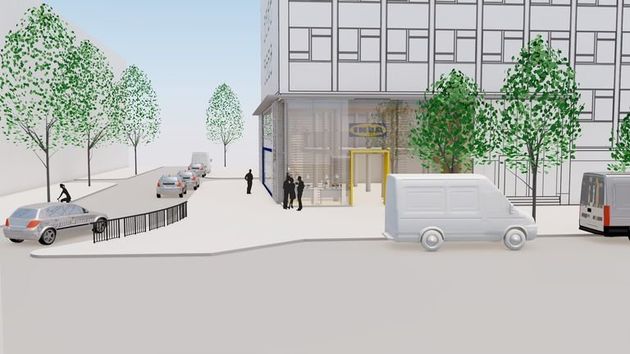Ever since the first IKEA store opened in Britain in 1987 in Warrington, the Swedish flatpack moguls have become as well known for their out-of-town warehouse locations as they have for their Billy bookcase.
Synonymous with industrial estates, car park queues, and relationship-saving meatballs, no one in their right mind would ever consider just ‘popping in’ to an IKEA. That is unless you fancy having an almighty argument.
No, a trip to IKEA is a rite of passage, a full weekend commitment that involves borrowing the car and having a well-thought-out game plan.
But is all that about to change?

Requiring an average plot of 32,000 square metres for one individual store, it is no wonder that for a long time IKEA resisted moving their business anywhere near a built-up urban area where rents are high and space is in short supply.
But following the opening of an Order and Collection point at Westfield Stratford in August 2016 and now a ‘mini store’ on Tottenham Court Road to be unveiled in autumn 2018, is IKEA going to change the way we shop?
The brand says that the new store, between Warren Street and Goodge street tube stations (on the site of the now defunct MultiYork furniture store), is the “first of its kind” and so won’t be identical to the Stratford model.

Obviously it goes without saying that downsizing means there will be less furniture on hand to buy, but instead they say they hope to help people with larger-scale projects like a new kitchen or bathroom.
The revised strategy will supposedly put greater focus on a “personalised and tailored service”, giving customers the advice and inspiration they need to browse, plan and order their furniture.
In addition to the new plot, IKEA say they are also exploring other locations, including their ‘sustainable store’ in Greenwich, set to open in 2019.
The brand also has smaller city-centre Order and Collection Points in other cities including Norwich (opened in November 2015), Aberdeen, and a third unit planned for Birmingham this summer.
Although none of these stores will have the capacity to hold all of the furniture we could possibly want, they will give customers a chance to shop the smaller markethall-style items on the day.
Similarly to other furniture shops like MADE, a more showroom-style experience will also give customers a chance to engage with the larger products and get a better feel for what they are buying before they part with money.
So while the inner-city IKEA might not stop us from ever needing to go out of town again, for the time being it will allow us to shop with more confidence rather than clicking ‘buy’ and just hoping for the best.